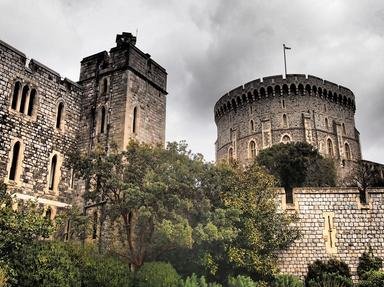Quiz Answer Key and Fun Facts
1. Elizabeth Bowes-Lyon was a member of a noble family. In fact, she was descended from which of the following prime ministers?
2. As a child growing up, how was Elizabeth Bowes-Lyon described?
3. During WWI, how was Glamis Castle, Elizabeth's family home, used?
4. It is well known that Elizabeth Bowes-Lyon married Prince Albert. Their marriage had been arranged by Queen Mary.
5. On the day of her marriage to Prince Albert, Elizabeth left her wedding bouquet at the Tomb of the Unknown Warrior. Why?
6. After their marriage, the Duke and Duchess of York, Albert and Elizabeth, lived for fourteen years mostly out of the public eye. It was during this time that Elizabeth helped her husband overcome which of the following?
7. In December of 1936, Albert and Elizabeth, the Duke and Duchess of York, became George VI and Elizabeth, King and Queen of Great Britain, Ireland, and the British Dominions, and Emperor and Empress of India. Which of following words is used to describe their feelings regarding their ascension to the throne?
8. Where did Britain's royal family stay during WWII?
9. After her husband's death in 1952, the Queen Mother was president or patron of more than 300 organizations.
10. Although disputed in some sources, who is most commonly credited with calling Queen Elizabeth the most dangerous woman in Europe?
Source: Author
ponycargirl
This quiz was reviewed by FunTrivia editor
gtho4 before going online.
Any errors found in FunTrivia content are routinely corrected through our feedback system.
